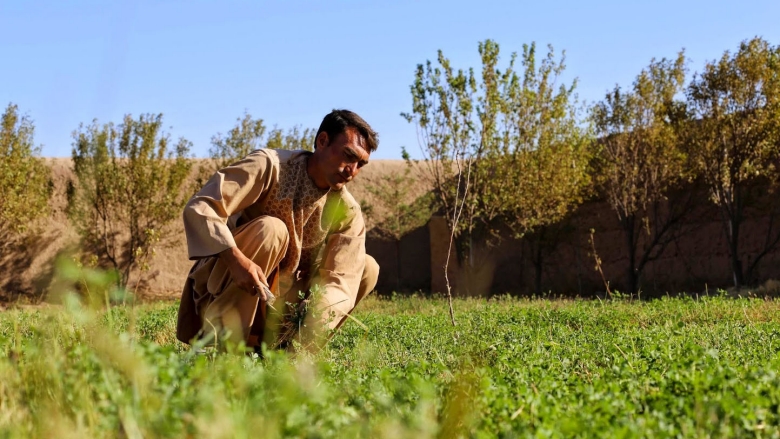The World Bank presented an overview and analysis of Afghanistan’s economy at the Brussels Conference on Afghanistan on October 5, 2016.
70 countries and 20 international organizations and agencies were represented at the conference, co-hosted by the European Union and the Government of Afghanistan. Discussion focused on the need for sustained international support, Afghanistan’s recent reform efforts, and the importance of regional cooperation.
The World Bank highlighted four key messages in its presentation ‘Navigating Risk and Uncertainty in Afghanistan':
• Afghanistan will remain heavily resource-constrained and aid-dependent until beyond 2030.
• Agricultural development and increased investment in human capital can drive economic growth and job creation.
• As aid declines over time, extractive industries need to be developed to provide an alternative source of revenues and foreign exchange receipts.
• Interventions are needed to help firms and households deal with insecurity, including a targeted social transfer system to protect vulnerable households, and new financial instruments to encourage private investment despite high risks.
The analysis highlighted substantial improvements in development outcomes since 2001 but also showed that some gains are now being eroded through increasing insecurity and weakening private sector activity.
Afghanistan’s future prospects will depend heavily on policy reforms undertaken over coming years. Without reforms and increased investment, slow economic growth will provide only marginal improvements in living standards and social outcomes, leading to continued aid dependence and increasing fragility risks.
With increased aid, an expenditure program focusing on infrastructure and service delivery expansion, and reforms that encourage private sector investment, agricultural and extractives could drive growth of 6.5 percent per year, supporting higher incomes, creating jobs, and reducing reliance on aid.

